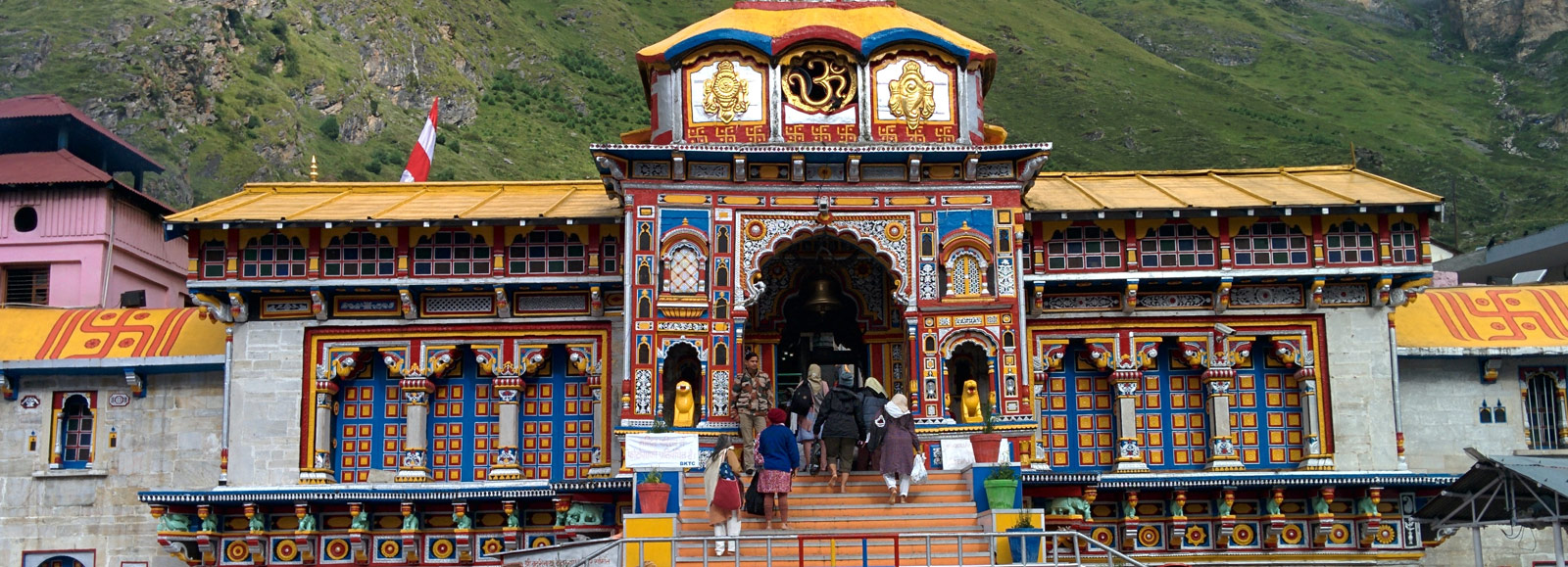
Best Time to Visit Badrinath
Badrinath is part of the holy Chardham Yatra, visited by thousands of devotees every year. Dedicated to Lord Vishnu, the Badrinath temple is a major spiritual destination in India. The temple is located in Garhwal hills at an altitude of 10,000 feet in Chamoli district of Uttarakhand. However, due to its high altitude, the temple shrine is closed for the most part of the year. Badrinath is usually chilly and has a cold climate, reaching sub-zero temperature during winters. Badrinath is located in Uttarakhand in the Himalayan mountains which makes it inaccessible during harsh winters. The best time to visit Badrinath is in the months of May June and September October. However, the exact dates for the opening of temple shrines are decided by Mandir Samiti. The Badrinath temperature during winters falls below the freezing point. During Monsoon in Badrinath, the temperature falls to 15 degree Celsius with heavy rainfalls. Badrinath’ temperature during summer season ranges from 8-18 degree. The Badrinath temple remains closed during winters because of heavy rainfall that the area experiences.
Badrinath temple in Uttarakhand is one of the most holy destinations for Hindu. Every year devotees visit these temples and with better transportation and easy accessibility, the numbers have been on a steady rise. In the year 2024, the Badrinath temple gates may open around May 16.
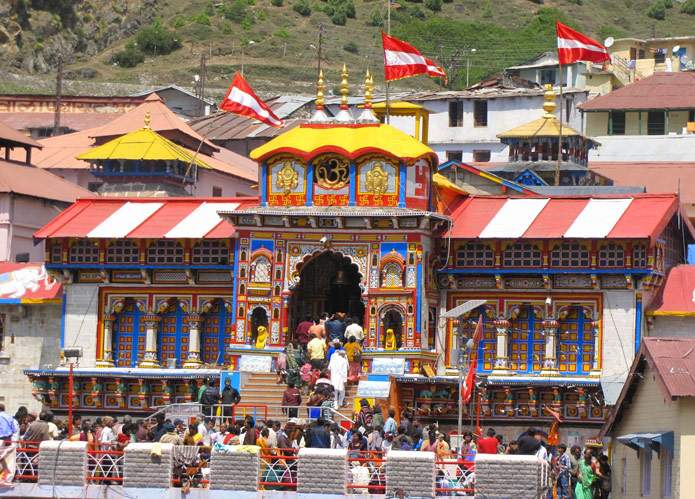
Temperature
Since Badrinath is located at a high altitude, the temperature differs from that of low lying areas. The winters are harsh, summers are cooler than the rest of India and during monsoon, the area experiences heavy rainfall with the temperature being on the colder side.
- Summer
- May to June
- 7°C – 18°C
- Monsoon
- July to Sep
- 8°C – 20°C
- Winter
- Oct to April
- 5°C – 10°C
-

Summer
The summer in Badrinath starts from May and last till the end of June. The best time to visit Badrinath, the temperature is moderately cold but bearable, ranging from a minimum of 7 degree Celsius to a maximum of 18 degree Celsius. Summer is the best time to visit Badrinath temple as the days are sunny with moderate climate and nights are cold.
-

Monsoon
Badrinath temple remains closed during Monsoon because of the heavy rainfall the area witnesses. There are high risks of landslides during the monsoon season. The monsoon season starts from July and lasts till the end of September. The average temperature ranges around 15-degree Celsius. The temperature is slightly cooler during monsoons with temperature going as low as 5-degree Celsius during nights.
-

Winter
Being in the high altitude Himalayan mountain range, winters are harsh in Badrinath. The winter season in Badrinath starts around October and lasts until the end of April. The month of October is pleasing but the temperature starts to fall by the start of November. The temperature during winters can fall well below zero degree Celsius. The average minimum temperature is 5-degree Celsius. However, Badrinath experiences heavy snowfall during the winter season. The Badrinath temple closes before the end of October marking the onset of the winter season in Badrinath.
Our Latest Blogs
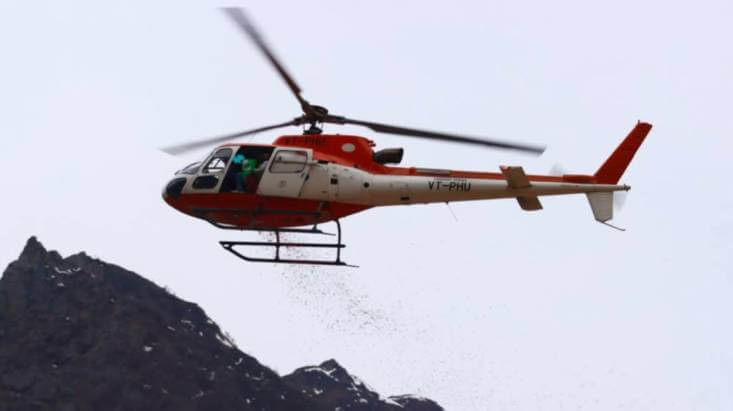
05 May, 2025
Fly to Kedarnath & Badrinath: Helicopter Services from Jolly Grant Airport, Dehradun
The Chardham Yatra 2025 ushers in a transformative experience for pilgrims with the introduction of helicopter services to Badrinath and Kedarnath from Jolly Grant Airport. This initiative not only reduces travel time but also enhances accessibility to these sacred sites, marking a significant advan
More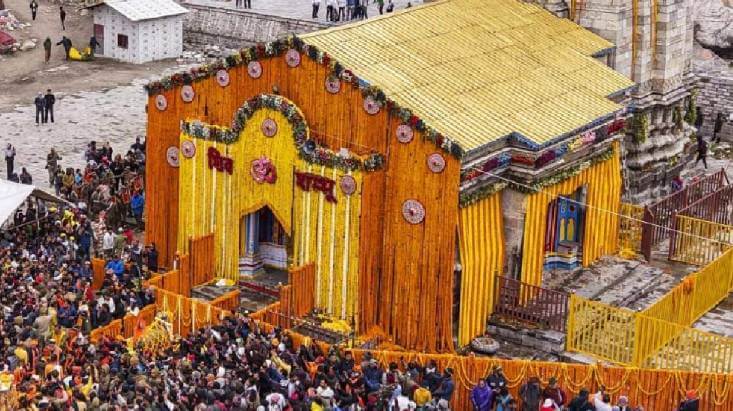
05 May, 2025
Kedarnath Yatra 2025: A Sacred Journey Rekindled with Devotion and Innovation
A spiritual awakening in the Himalayas, the Kedarnath Yatra 2025 commenced with unparalleled enthusiasm, as over 55,000 pilgrims visited the sacred Kedarnath Temple within the first two days of its opening on May 2, 2025. This auspicious event marks a significant chapter in the annual Chardham Yatra
More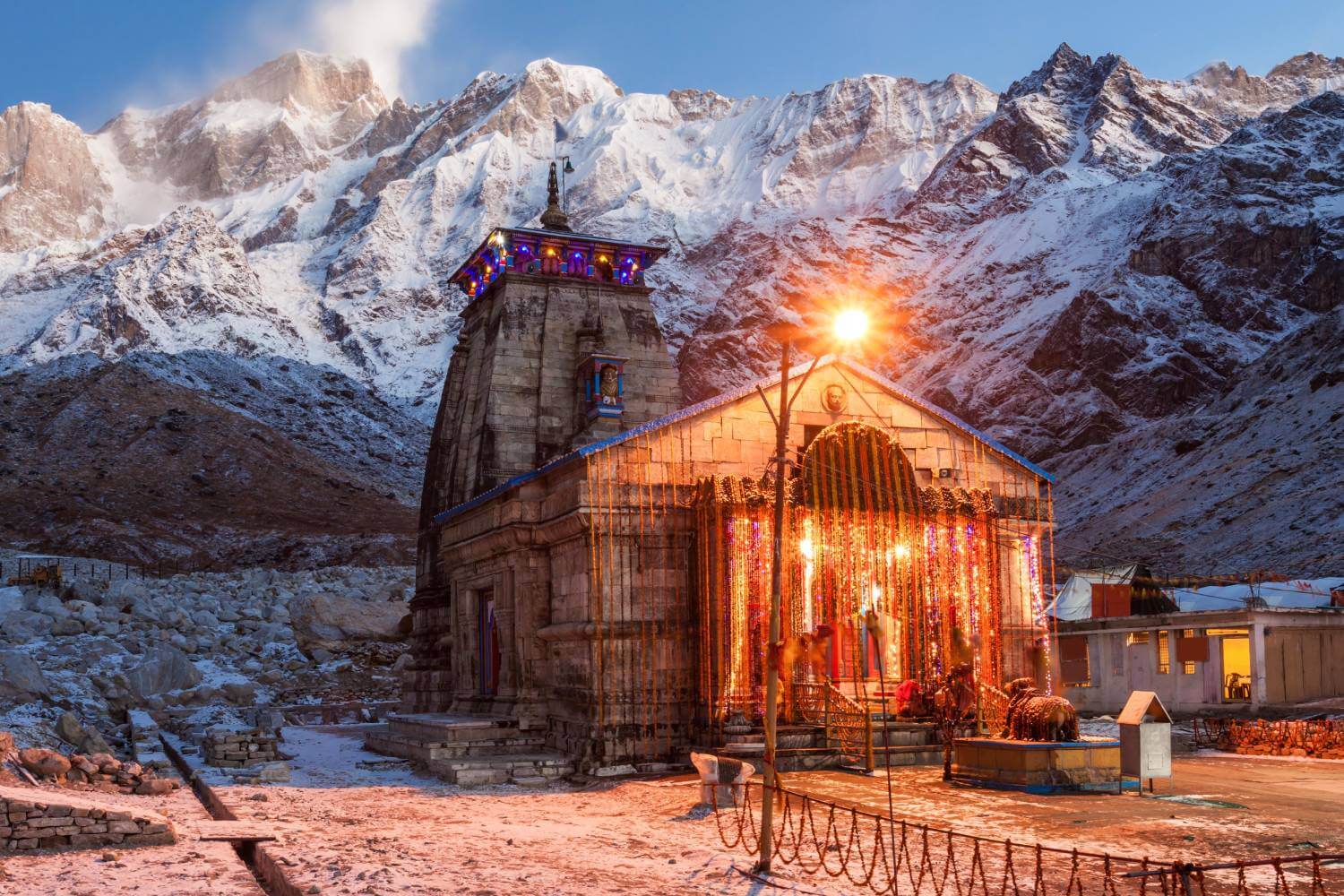
01 Apr, 2025
Kedarnath Temple Declares Mobile-Free Zone, Banning Reels & Video Recording to Preserve Sanctity
In a significant move ahead of Char Dham Yatra 2025, the Shri Badrinath-Kedarnath Temple Committee (BKTC) has imposed a strict ban on mobile phones, video recording, and reels inside the Kedarnath Temple premises. This decision aims to uphold the temple's spiritual sanctity and ensure a peaceful atm
More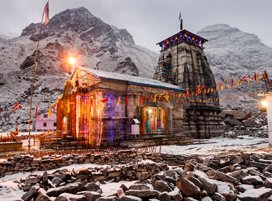

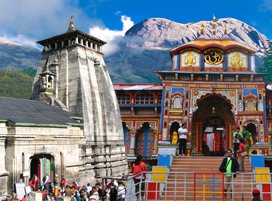

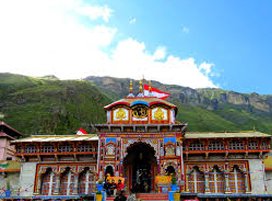
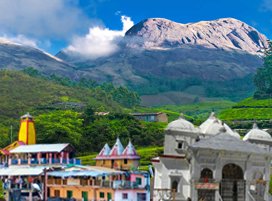
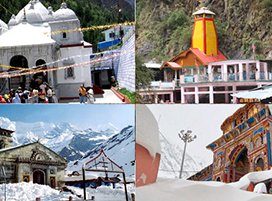
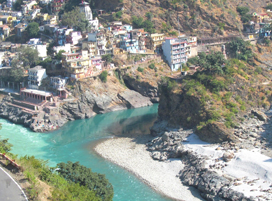
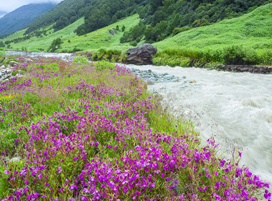
 Share
Share Home
Home Packages
Packages Book Now
Book Now